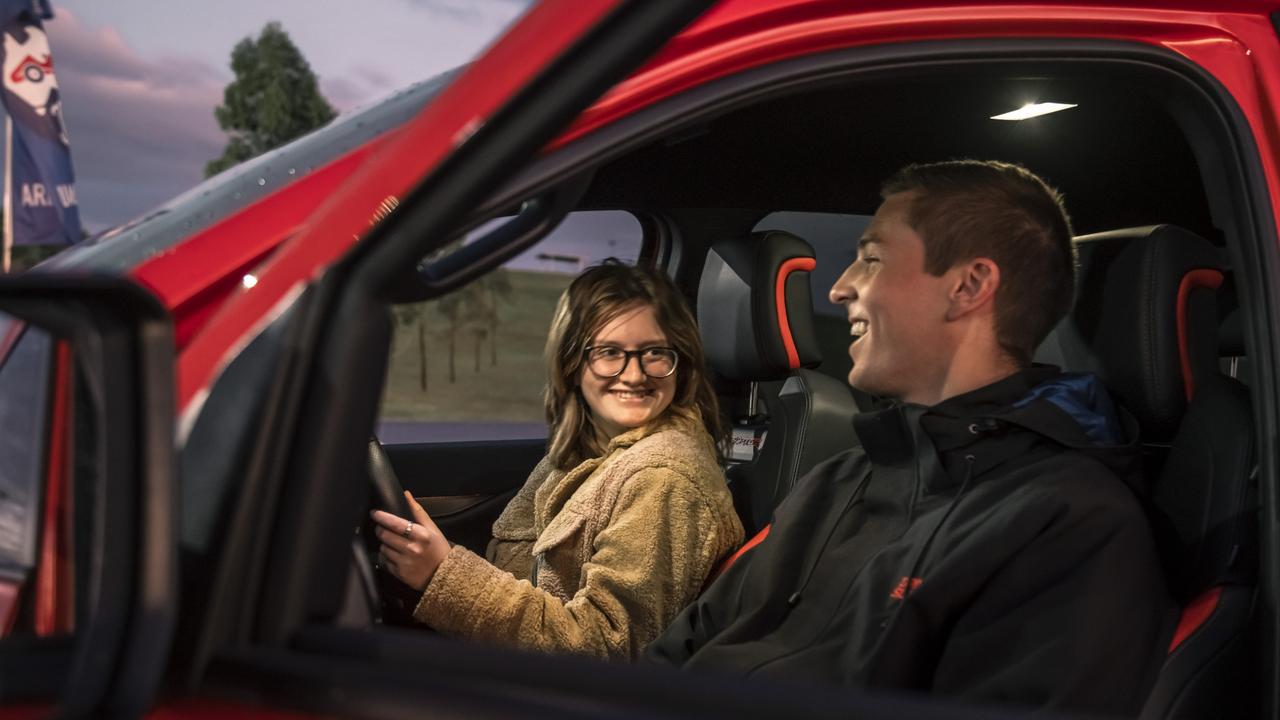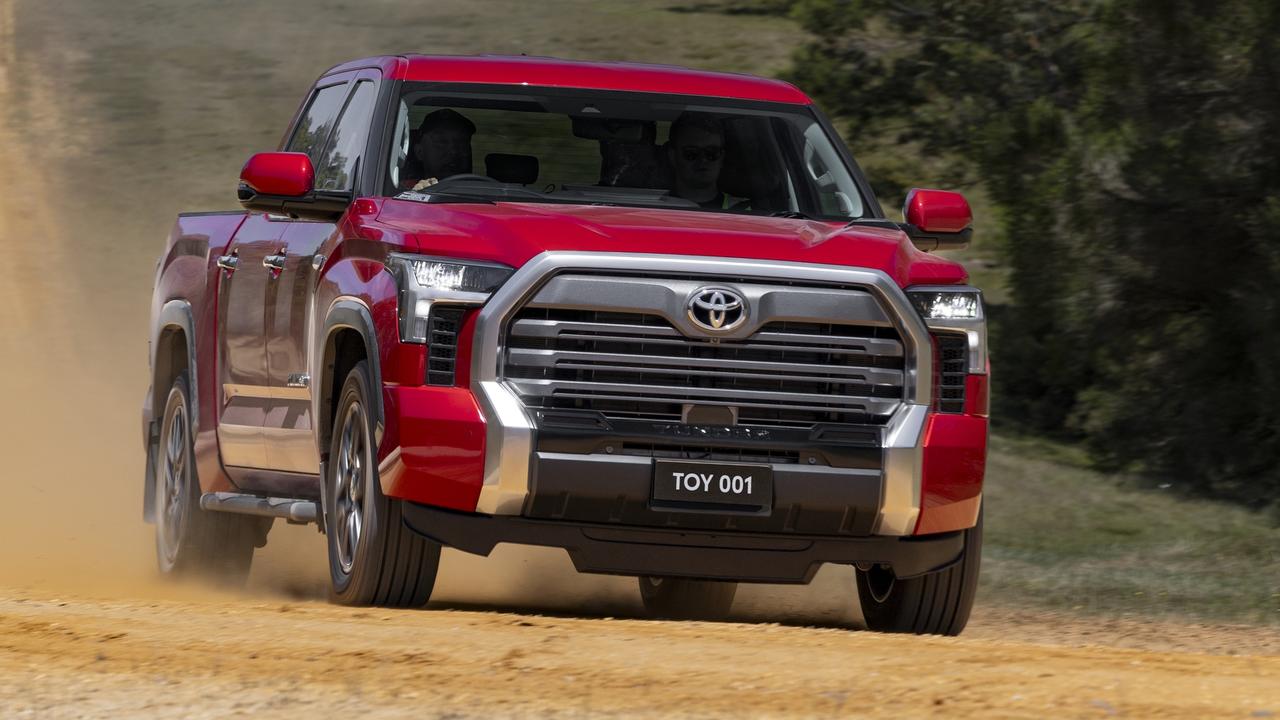Race for flying cars gathers speed
Successful test of a flying car in Europe comes as car companies, huge tech firms and start-ups continue to invest in gravity-defying transport.

The successful test-flight of a flying car has put the spotlight on transport in the future.
Slovakia’s Klein Vision has tested its flying car between two cities for the first time, making a 35 minute air journey from Nitra to Bratislava, about 100 kilometres that normally takes one hour by road.
The AirCar prototype then folded its wings for a drive home by road.

Powered by a BMW-sourced petrol engine mated to a simple propeller, the machine is capable of flying at 190km/h at an altitude of 8220 feet.
Professor Stefan Klein says his creation can halve travel time.

“This flight starts a new era of dual transportation vehicles,” he says.
“It opens a new category of transportation and returns the freedom originally attributed to cars back to the individual.”
Dozens of companies are working on flying car alternatives.
Some, such as the Klein Vision AirCar are capable of driving on the road.
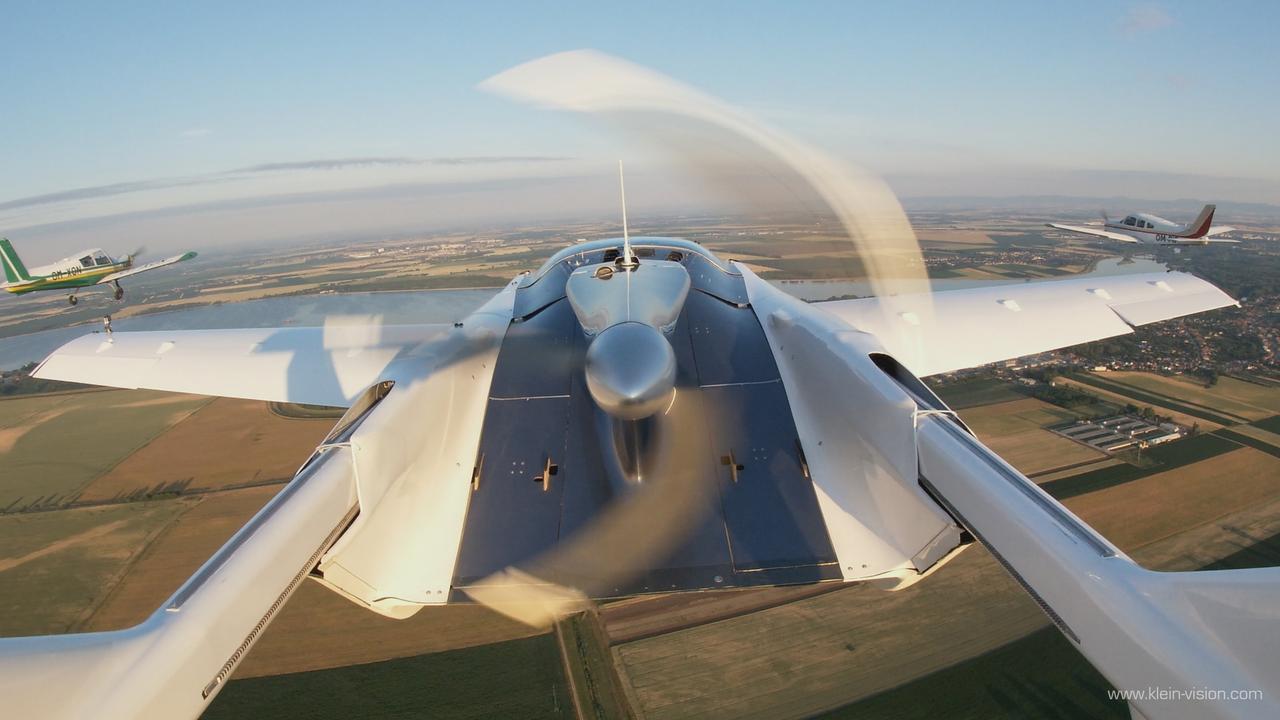
But increasingly strict crash safety and pollution laws make it are pushing rivals toward small personal aircraft that can be operated without runways, and possibly flown without a pilot’s licence.
Australia’s Alauda Airspeeder has made headlines around the world with its vision for a flying alternative to Formula 1.
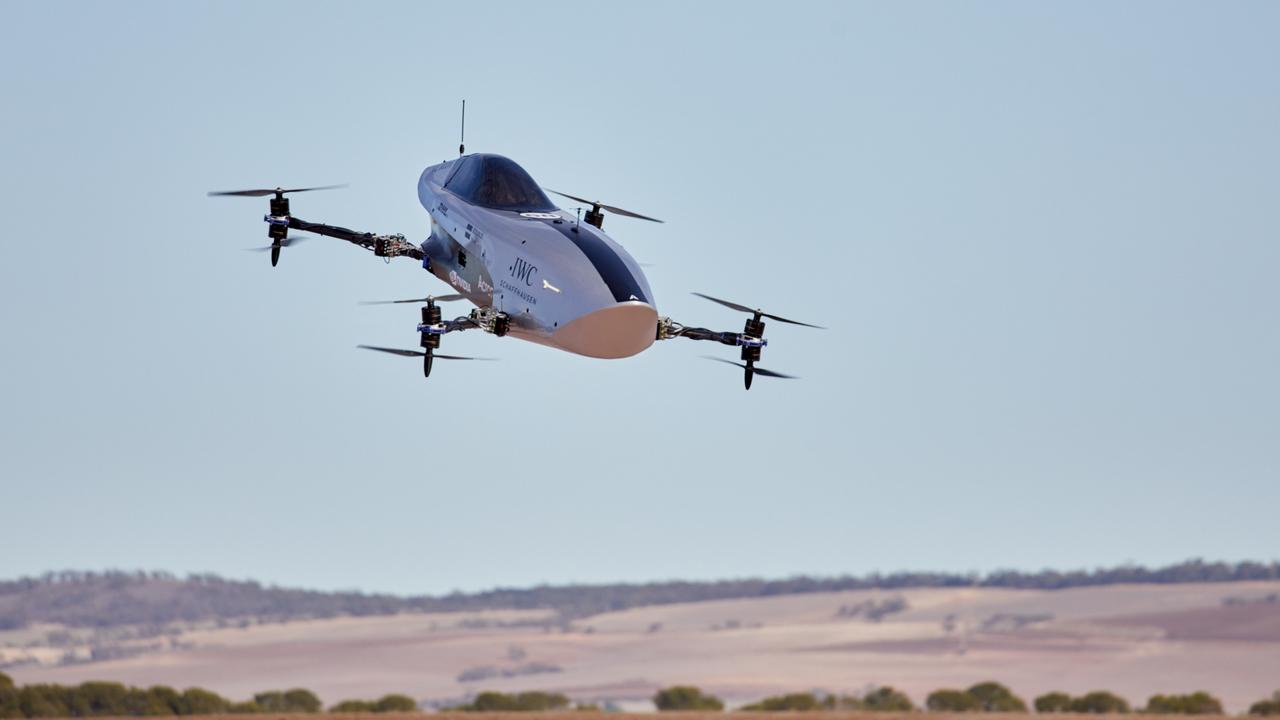
Its low-altitude Airspeeders that look like a cross between vintage grand prix machines and Star Wars pod racers.
A successful test of a smaller unmanned prototype in South Australia last month suggests the series could take off in the near future.
Automotive brands such as Hyundai and Aston Martin have expressed interest in flying cars and Mercedes has backed the Volocopter, a small aircraft that flies with the help of 18 electrically powered rotors.
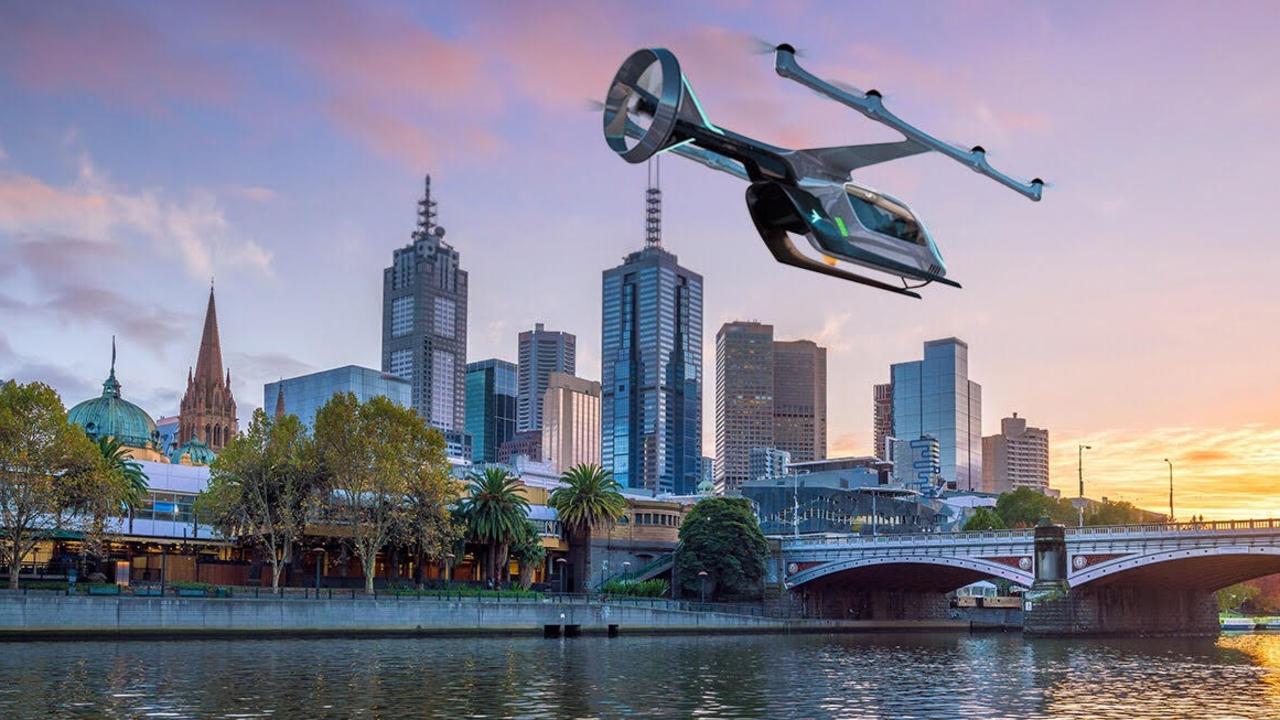
Tech giants such as Uber have also investing in pilotless helicopter-like pods capable of shifting a small number of passengers from point to point.


